- The ancient city of Gaochang, built in the Western Han Dynasty in the 1st century BC, was destroyed by war in 1283
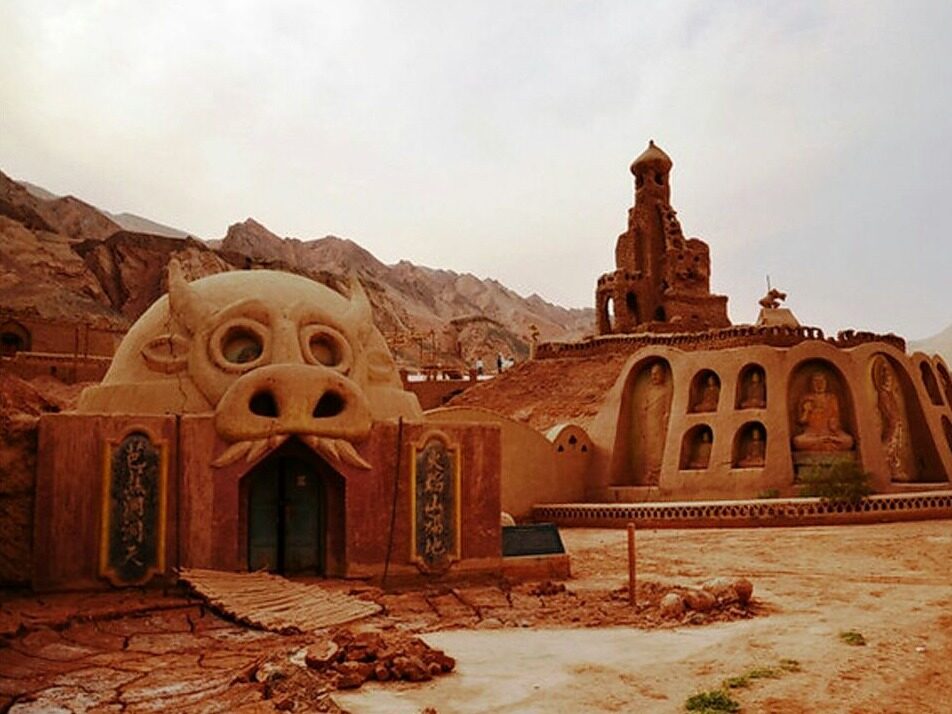
The ancient city of Gaochang is listed as a world cultural heritage for its position on the ancient Silk Road and its important role. Maybe you still don’t know that this ancient city has a deep relationship with Xuanzang. Gao Changguo is the biggest fan group Xuanzang encountered on his way to the west. The various plots of Huoyan Mountain in the well-known "Journey to the West" are deduced from here.
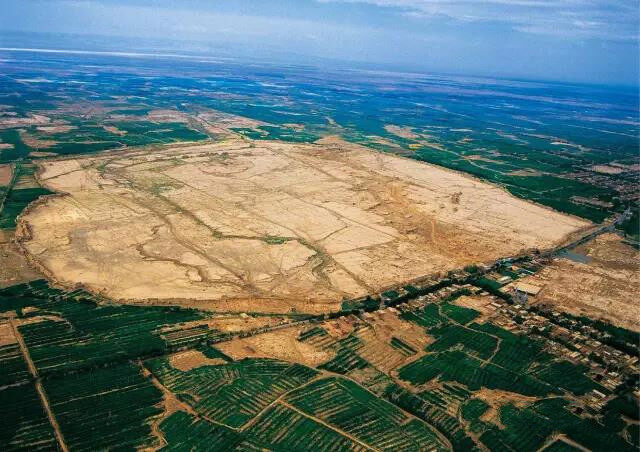
The ancient city of Gaochang is located in the east of Astana village and the south of Hala and Zhuo villages about 40 kilometers east of Turpan, Xinjiang Autonomous Region. The ancient city of Gaochang is called Yidu Moat in Uyghur language, which means the city of kings. It used to be the only place and important gateway of the ancient Silk Road.
The ancient city was built in Gaochangbi during the Han, Wei, and Jin dynasties. It was later governed by Gaochang Prefecture, Gaochang State Capital, Tangxi Prefecture Rule, Gaochang County Rule, and Gaochang Uighur State Capital. According to historical records, Gaochang’s ancient city was built in BC The Western Han Dynasty in the 1st century. In 327 AD, Zhang Jun of the former Liang Dynasty set up Gaochang County here, setting the precedent for the county system of the Western Regions. Gaochang was founded in 460 AD (the first year of Heping in the Northern Wei Dynasty), when the Cheshi Kingdom was destroyed, Rouran made his king the King and called his country the Gaochang Kingdom, thus opening the prelude to the Gaochang Kingdom. During the period of Tang Zhenguan, King Gaochang colluded with the Western Turks to cut off the Silk Road. At the end of the 9th century, the Uighurs (hú) who moved from Mobei to the west established the Uighur Gaochang Kingdom, which was still subject to the Central Plains dynasty and was known as the Xizhou Uighur or Gaochang Uighur. In 1208 AD, the Gaochang Uyghur returned to Genghis Khan and was called the Kingdom of Uguer. In 1283, Gaochang City was destroyed by war.
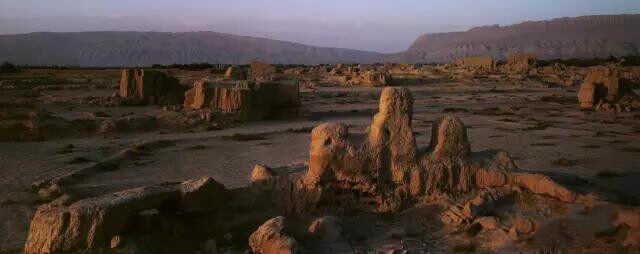
The existing ruins of the ancient city were rebuilt and added on the basis of Gaochang City in the Tang Dynasty during the Gaochang Uighur period. The total area of the site is more than 2 million square meters. Slightly irregular square, the layout can be divided into three parts: outer city, inner city and Miyagi. The base of the outer city wall is 12 meters thick, 11.5 meters high, and has a circumference of about 5.4 kilometers. There is a well-preserved horse face protruding outwards. There may be three gates on the south side, and two gates on each of the other three sides. The gate on the west side and the north side is the best preserved. There is a tortuous urn city, and the defense facilities are very complete. The inner city is in the middle of the outer city. The west and south sides are well preserved. The building is older than the outer city, and the plan is slightly north-south rectangular. Miyagi is at the far north, the northern wall of the outer city is the northern wall of Miyagi, and the northern wall of the inner city is the southern wall of Miyagi. After Gaochang City was abandoned, most of the ground buildings disappeared, and there are few well-preserved relics. The remains of a monastery in the southwest corner of the outer city, covering an area of nearly 10,000 square meters, consists of a mountain gate, a courtyard, a lecture hall, a Buddhist scripture building, a main hall, and a monk’s room. From the analysis of architectural features and the pattern of beads on the remaining murals, The construction period belongs to the middle period of Ju's Gaochang. There are still some relics of workshops and cities near the temple, which may be workshops and commercial markets for small handicraftsmen.
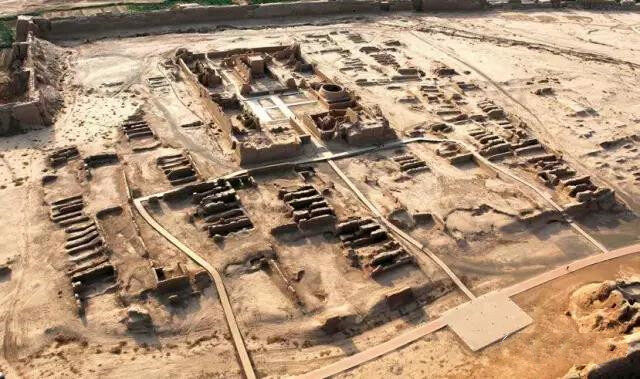
Since the Han and Tang Dynasties, Gaochang has been a hub connecting the Central Plains, Central Asia, and Europe. At that time, merchants from Persia and other places brought alfalfa, grapes, spices, peppers, gems and horses from their countries to Gaochang City, and took the Central Plains from here. Silk, porcelain, tea and papermaking, gunpowder, printing. At the same time, religions from all over the world were introduced to the mainland through Gaochang, and Gaochang became the most active and developed place of ancient religions in the world.
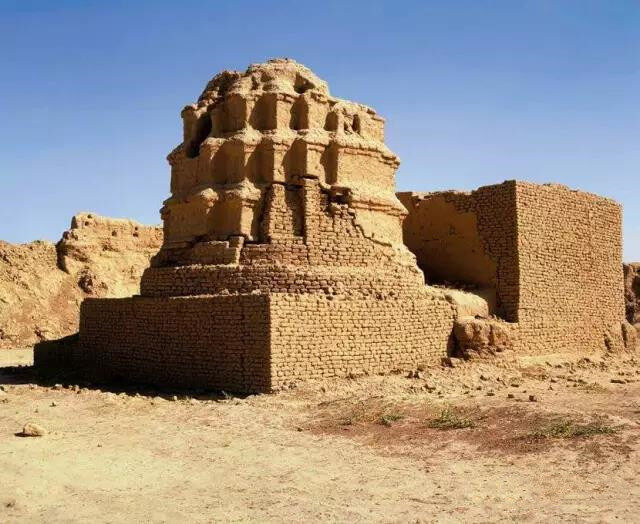
According to legend, in 629 AD (the third year of Tang Zhenguan), Xuanzang traveled along the Silk Road to India to study Buddhist scriptures in order to improve the level of Buddhism. Since he did not get the support of the Tang government at the beginning of the study, he could only travel among businessmen, because there was no official document issued by the government and he was arrested on the road. While passing through Yiwu (now in Hami), his "treatment" suddenly changed. Gaochang Wangqu (qū) Wentai learned that a monk seeking Dharma had arrived from the Eastern Tang Dynasty not far away, so he sent someone to Xuanzang. Please come, arrange to live in the palace and become brothers with Xuanzang.

According to historical records, King Gaochang praised Xuanzang, and persuaded Xuanzang to stay in Gaochang as a national teacher. After Xuanzang politely refused, he reluctantly asked Xuanzang to give a lecture before leaving. When Xuanzang left Gaochang, King Gaochang wrote 24 general documents for him to the countries of the Western Regions, and also sent horses and 25 servants. On the day of departure, the whole city was sent off by road. Gaochang Wang Qu Wentai hugged Master Xuanzang and wept bitterly, and personally sent it to Jiaohe City, 100 kilometers away, to bid farewell.
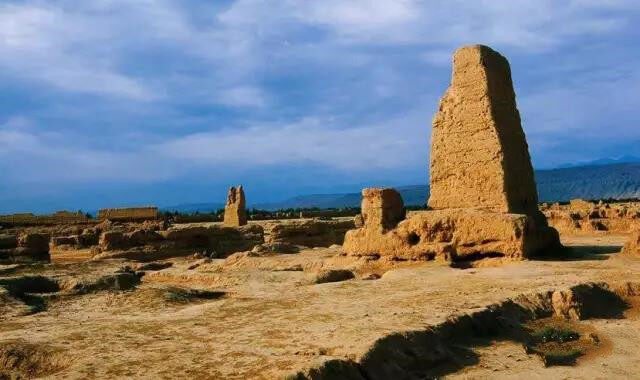
Perhaps, it is precisely because of this good story between Xuanzang and Gaochang Wang Wentai that when Wu Chengen wrote "Journey to the West", he used Flaming Mountain and other scenes to evolve magical and beautiful stories. Editor/He Yuting
Comment
 Praise
Praise
 Collect
Collect
 Comment
Comment
 Search
Search


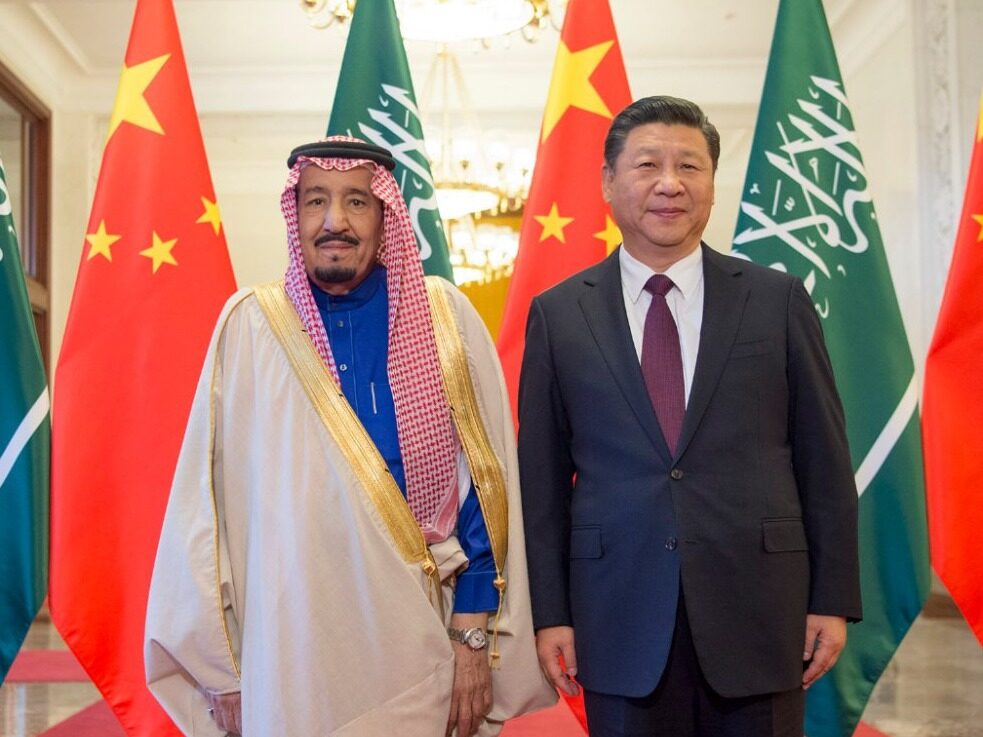


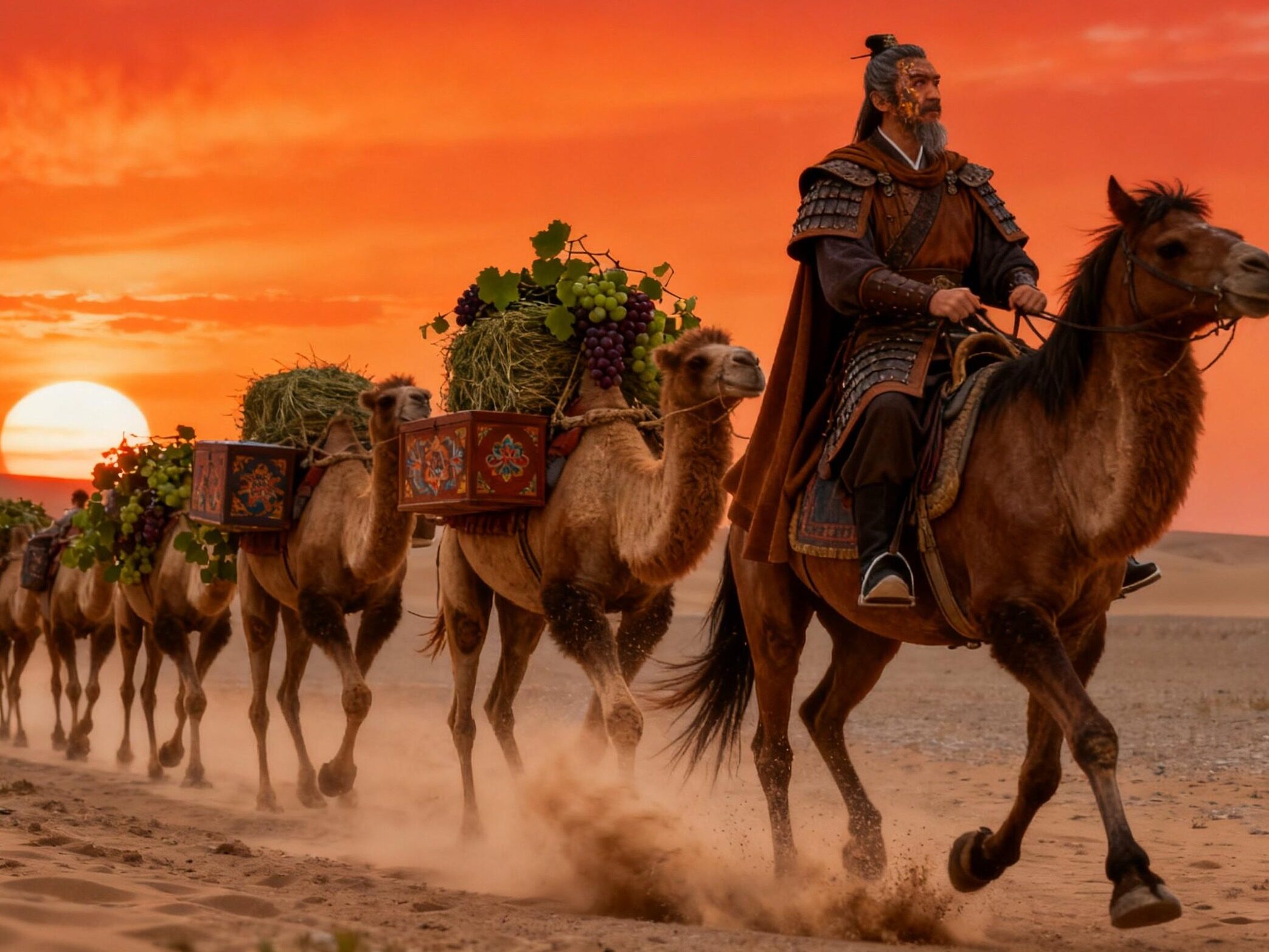
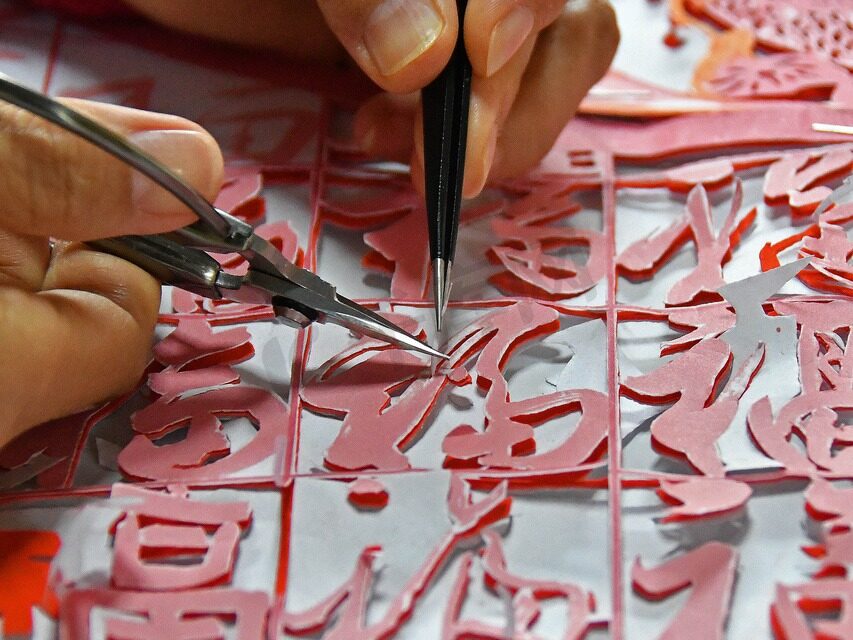
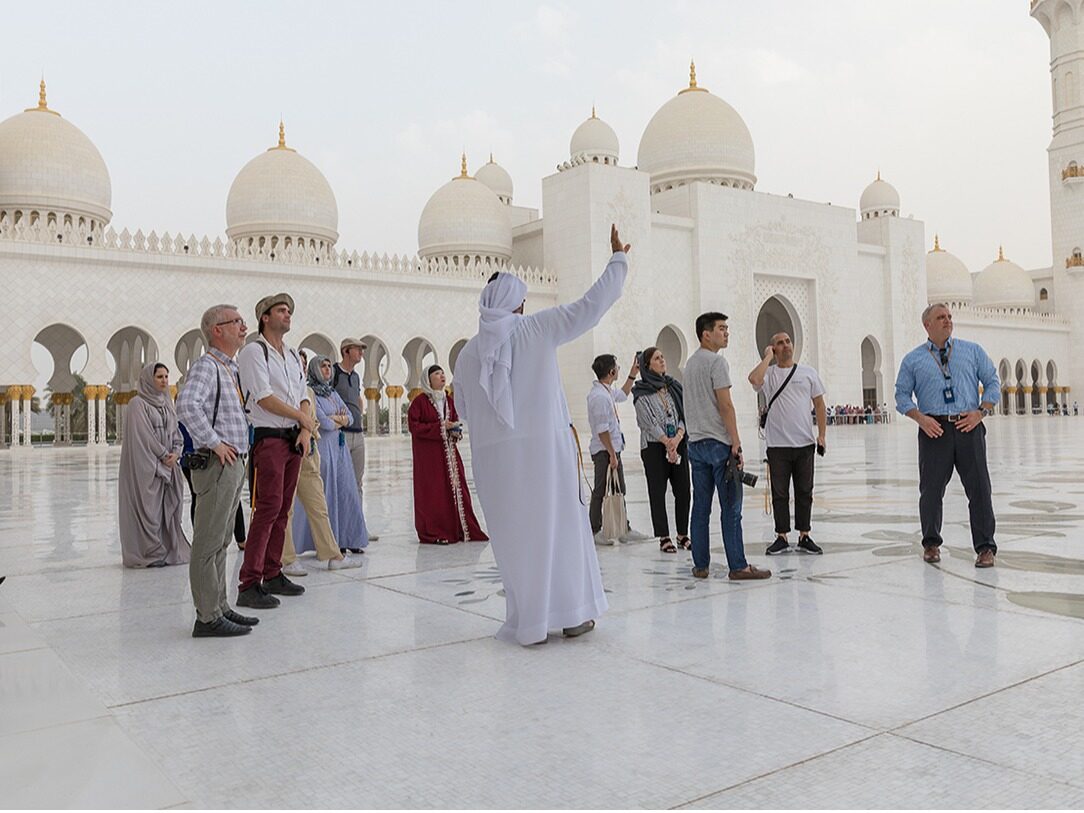






Write something~